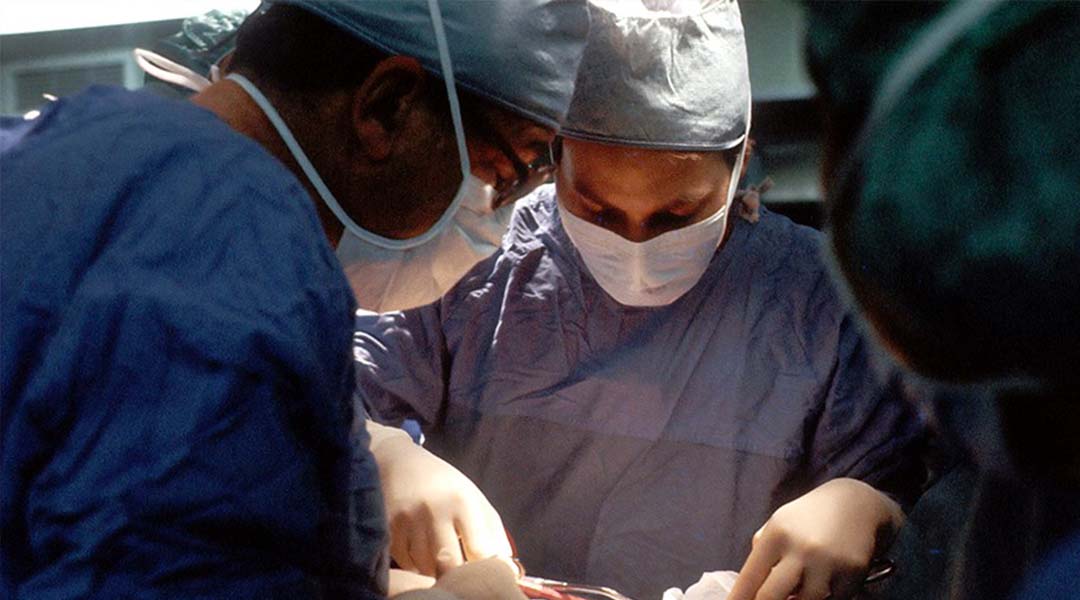Image credit: National Cancer Institute
By enhancing the properties of submucosa membranes using stem cell-derived extracellular vesicles, a team of Chinese researchers created a biocompatible patch that promotes tissue regeneration.
Often used in repair of other tissues, the small intestinal submucosa provides a scaffold for cells to be recruited and proliferate. It naturally contains growth factors and proteins that facilitate attachment of cells. While favored, the biodegradability of this material also poses a limitation. Once implanted, these membranes start degrading quickly. They often breakdown too rapid to allow the regenerating tissue to replace the membrane.
In a recent study published in Advanced Healthcare Materials, researchers report their modifications to the submucosa membrane to condition a local microenvironment that expedites cell growth and tissue repair.
“The small intestinal mucosa membrane is still insufficient in microenvironment stimulation and tissue induction. More active substances must be introduced to provide a better microenvironment for tissue regeneration,” wrote the researchers in their paper.
Aside from being able to differentiate into cell types appropriate for repopulating tissues, stem cells can secrete chemical signals that stabilize the extracellular environment and stimulate other cells. But stem cells also elicit an immune response, which may ultimately lead to their own rejection from the body. The extracellular vesicles released by stem cells, on the other hand, provide the same desirable chemical cues to enable healing, without triggering an attack by immune cells.
The team observed that extracellular vesicles promoted recruitment and proliferation of cells to repopulate the site of injury an also suppressed the immune response against engrafted material. To anchor and properly position the stem cells on the submucosa membrane, they used peptides that also bind to the collagen in the membrane.
“Novel fusion peptides were used to realize the specific adsorption of extracellular vesicles, and facilitate the healing process in our study. An improved microenvironment for the tissue regeneration and healing process was continuously generated by extracellular vesicles released from the peptide-mediated extracellular vesicle-modified membrane,” wrote the research team.
This study showed that the submucosa membrane enhanced with peptide-mediated extracellular vesicles sped up tissue regeneration and repair in an abdominal defect model in rats. Animals treated with this advanced biomaterial repaired damage tissue faster than animals treated with the submucosa membrane alone, or the membrane with extracellular vesicles without the peptides. With the submucosa membrane embellished with peptide-mediated extracellular vesicles, researchers saw fewer inflammatory cells recruited, improved formation of new blood vessels to supply the regenerated tissues, and increased deposition of collagen at the site without tissue fibrosis.
They believe that “small intestinal submucosa membranes modified by fusion peptide-mediated extracellular vesicles achieve excellent biofunction and provide promising prospects for tissue regeneration.”
Reference: Lei Zhang, et al., Small intestinal submucosa membrane modified by fusion peptide-mediated extracellular vesicles to promote tissue regeneration, Advanced Healthcare Materials (2021). DOI: 10.1002/adhm.202101298

















